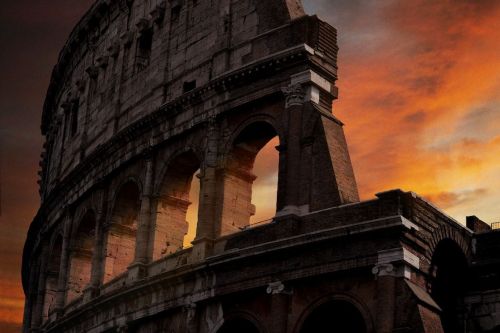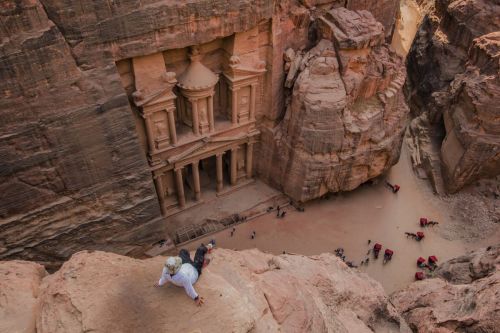22 facts about Colosseum
Visited by over five million tourists a year, the Colosseum is one of the most important relics of the ancient world. In antiquity, the amphitheater w ...
More than five thousand years ago, in the Indus Valley (now Pakistan), there was a mysterious civilization, called the Indus Civilization. It was one of the oldest cultures in the world and the first historical civilization on the Indian subcontinent. It was also the most extensive of the four contemporaneous civilizations of antiquity - alongside Egypt, Mesopotamia, and China. The modern world has not known about its existence for a long time. It was not until the first expedition in 1921 that the ancient city was discovered, which was called Mohenjo-daro, which in the local language means “Mound of the Dead Men”.













